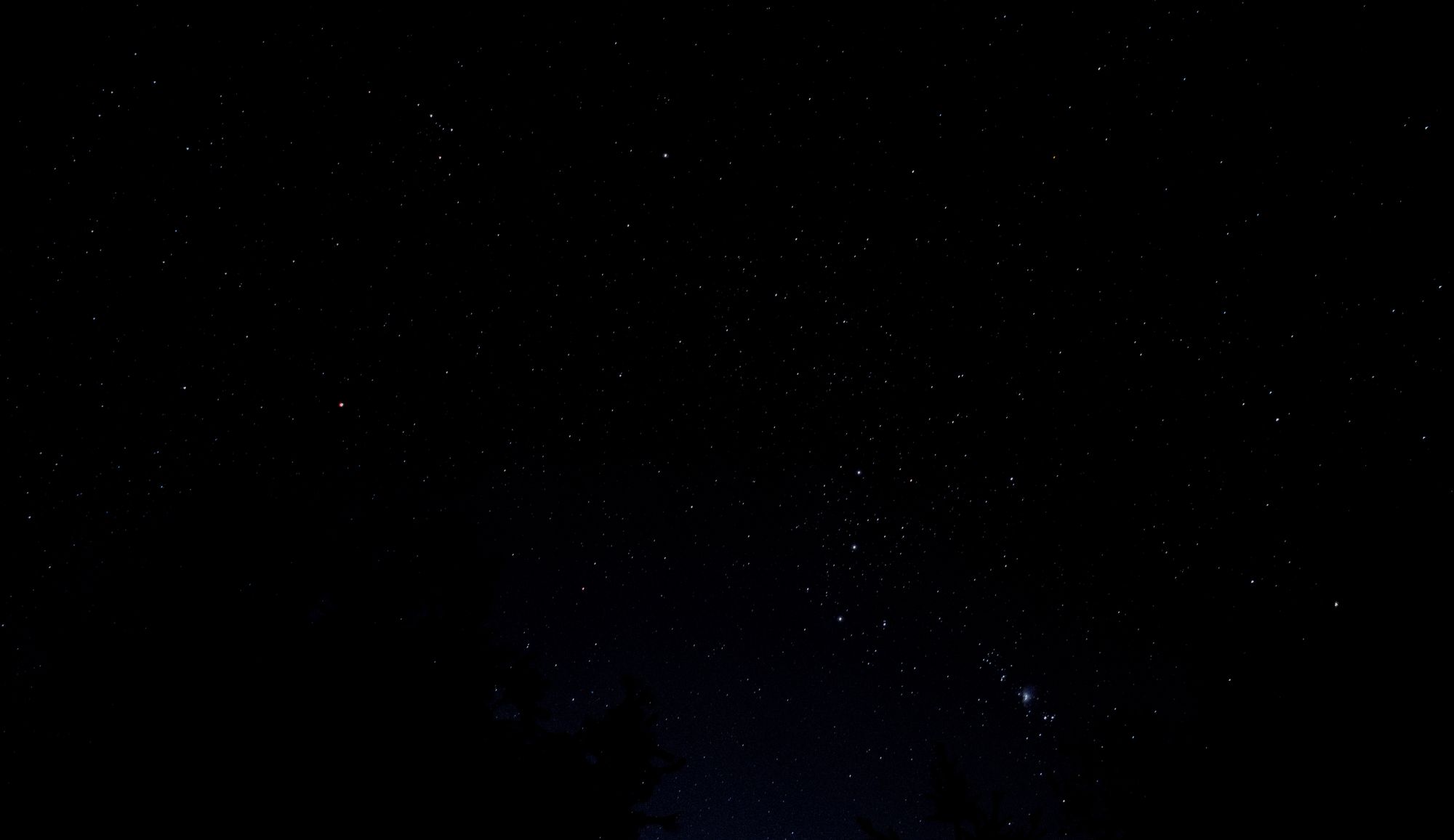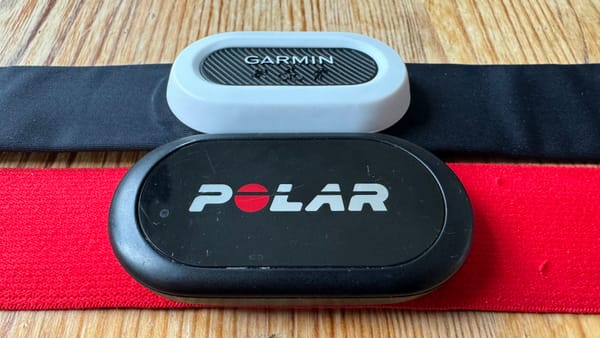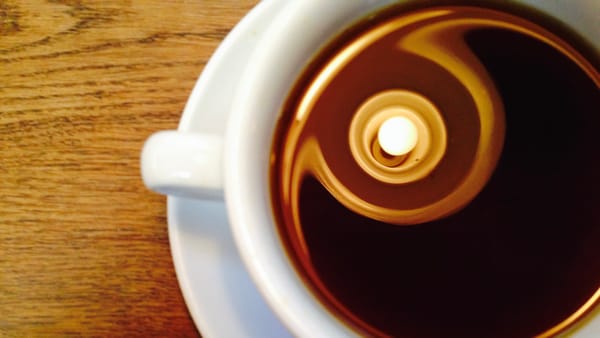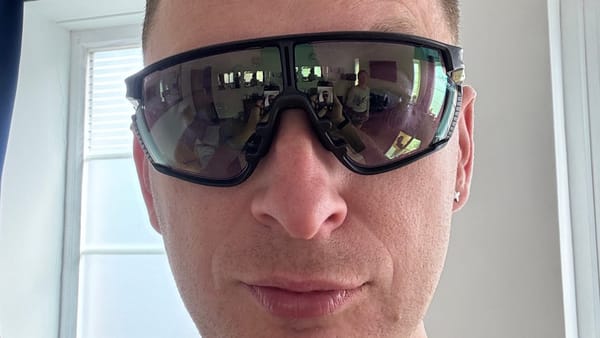Astrophotography with a Sony Nex 7
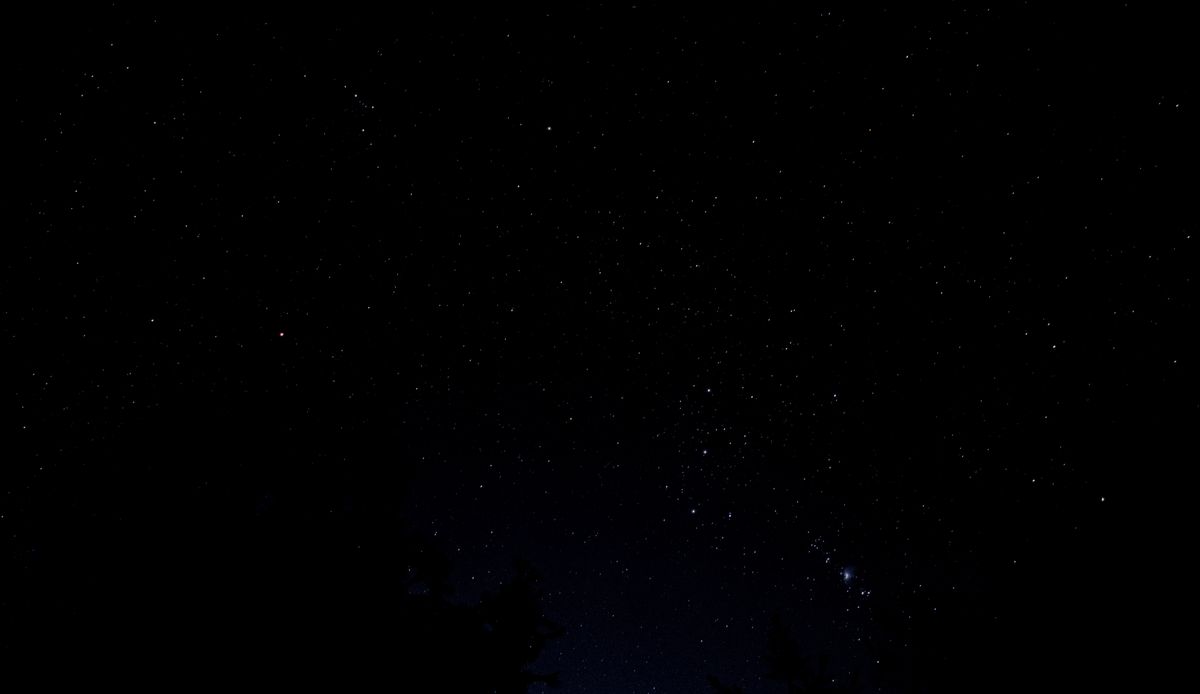
The Sony Nex 7 is a mirrorless 24mpx camera, released in 2011, featuring an Exmor APS-C sensor, with a crop factor of 1.53 when compared to a 35mm piece of film.
Exposure
I attempted to work out the optimum exposure to reduce/remove motion blur from stars, by starting with the 500 rule:
Exposure = ((500 / $lensLength) / $cropFactor)
This suggested for my 50mm lens, an exposure of 7s would not feature motion blur. This is the result at 100%:
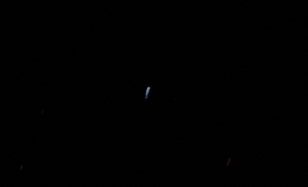
This is obviously not satisfactory when one's goal is sharp, in focus stars. I experimented until I got a satisfactory lack of motion blur, and for the 50mm lens at least, this suggests that for the Nex-7 one should employ a '200 rule':
Exposure = ((200 / $lensLength) / $cropFactor)
This yields a projected expsure of 2.6s, rounded down to 2s. Projections as follows for other focal lengths:
| Lens length (mm) | Exposure (s) |
|---|---|
| 200 | 0.7 |
| 100 | 1.3 |
| 50 | 2.6 |
| 30 | 4.4 |
| 18 | 7.3 |
| 10 | 13.1 |
Why 50mm?
My 50mm lens has an aperture that starts at f 1.8: this allows a lot of light in, allowing me to use a relatively low ISO - as low as 100 - which reduces noise in the image.
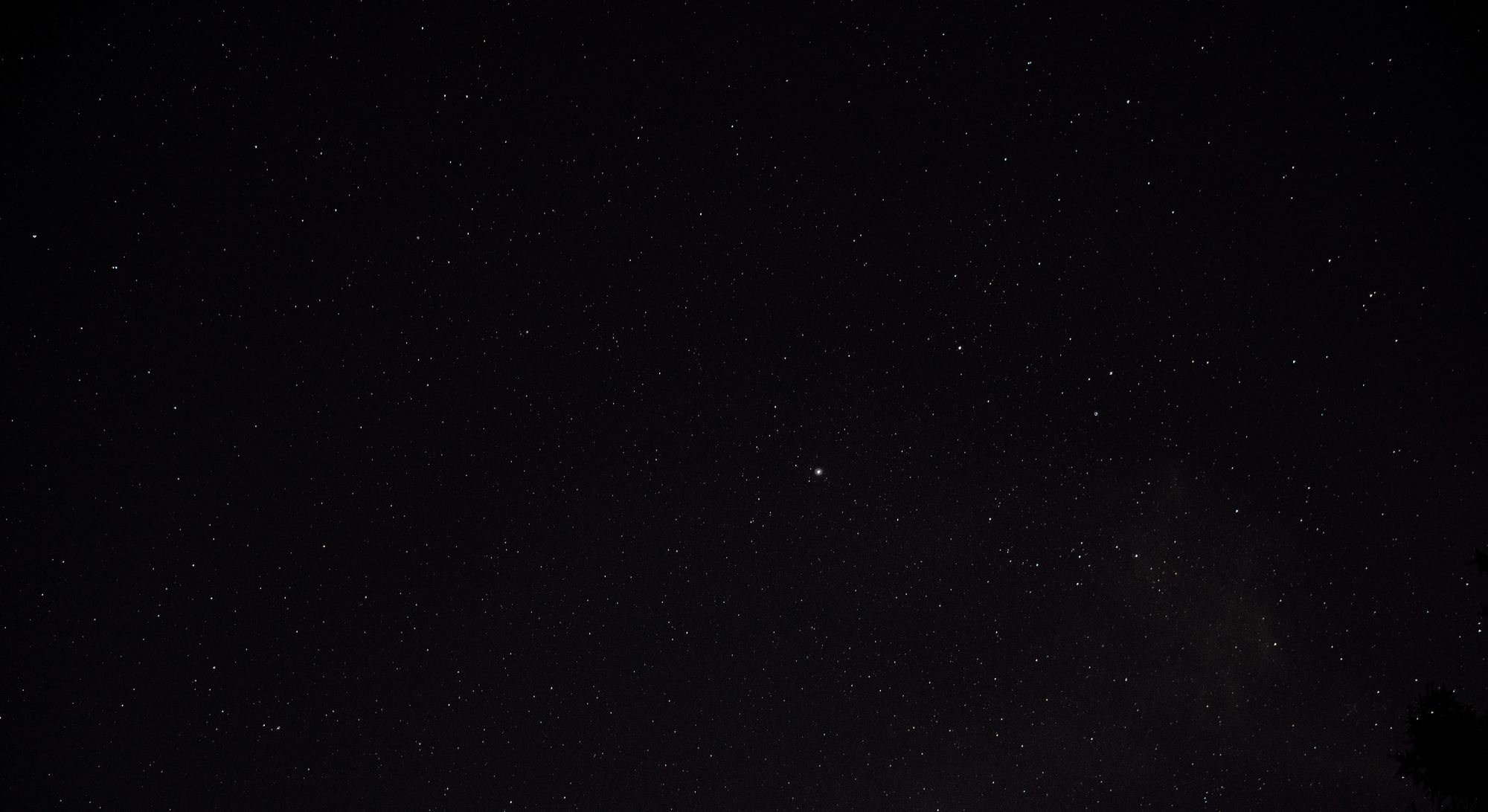
Focus
The lenses I have for my Nex 7 are all electronic focussing, and have no 'infinity' setting to use as a reference point. I use the following settings to help find focus:
- Manual focus
- Focus peaking off
- Start manual focus to trigger the 11.7 zoom, find the brightest star, and gently focus on it until it's the smallest possible.
Triggering the exposure
Self-timer allows shutter release without camera wobble.
Noise reduction
Although not beneficial with such a low ISO, I experimented with dark frame subtraction to reduce noise:
- Disable long exposure noise reduction.
- Take photo.
- Place lens cap over lens.
- Take a second photo with the same settings.
- In Photoshop, set the stars as the background layer, and the black image as layer 1.
- Set the blending mode to subtract.
In theory, any noise from the sensor will now be removed. One can let the camera do this itself (this is long exposure noise reduction), but one is then denied full control over the finished image.
